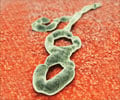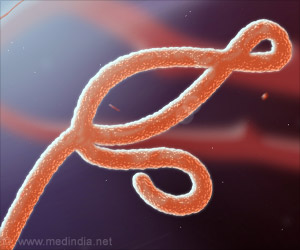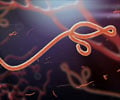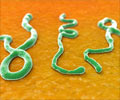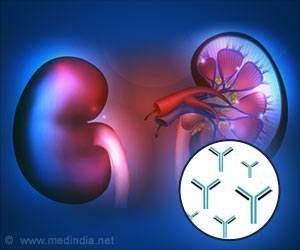The Sudan Virus is a deadly mystery with no cure—until now.
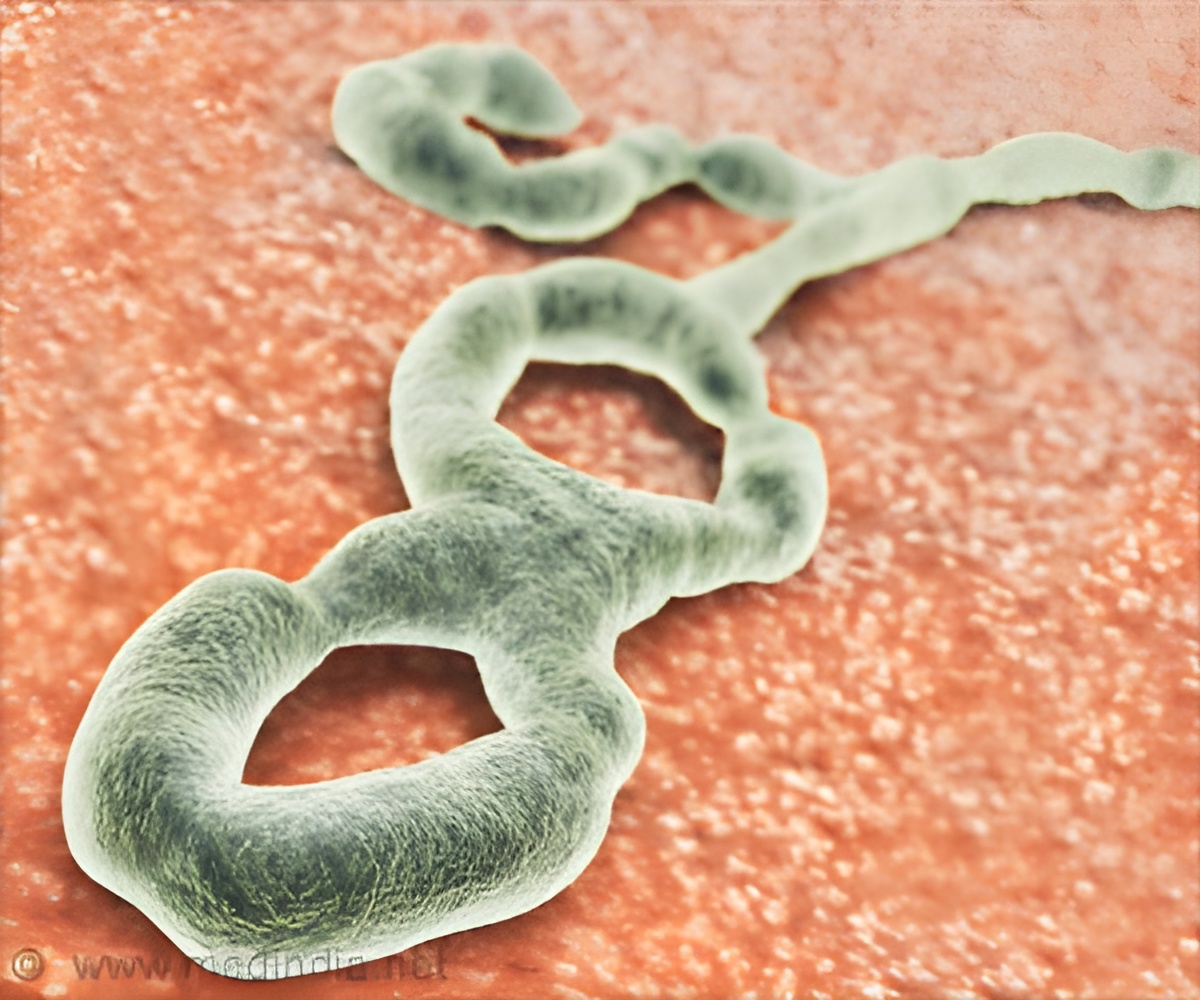
Cryo-EM structure of Sudan ebolavirus glycoprotein complexed with its human endosomal receptor NPC1
Go to source).
‘Did You Know?
Sudan virus binds to human cells with nine times more force than Ebola. #SudanVirus #Ebola #medindia ’





Sudan virus binds to human cells with nine times more force than Ebola. #SudanVirus #Ebola #medindia ’
Advertisement
Sudan Virus Disease: The Deadly Outbreak You Shouldn't Ignore
The Sudan virus, a close relative of Ebola, has a 50% fatality rate, but its mechanisms of cell infection remain poorly understood. Currently, there are no approved treatments for the Sudan virus. To improve pandemic preparedness, researchers at the University of Minnesota and the Midwest Antiviral Drug Discovery (AViDD) Center studied how the virus attaches to human cells.Advertisement
How the Sudan Virus Binds to Human Cells
Like Ebola, the Sudan virus enters cells by binding to NPC1, a protein responsible for cholesterol transport. Using cryo-electron microscopy, the researchers mapped how the Sudan virus interacts with the human NPC1 receptor. Their findings revealed that four key amino acid differences in the receptor-binding proteins of Sudan and Ebola viruses enable the Sudan virus to bind to human NPC1 with nine times greater affinity than Ebola, which may contribute to its high fatality rate.Sudan Virus vs. Ebola: The Deadly Battle of Filoviruses
Building on this discovery, the team predicted the receptor-binding affinities of three other filoviruses closely related to Sudan and Ebola. They also examined how the Sudan virus binds to NPC1 receptors in bats, which are believed to be natural hosts of filoviruses.These findings provide crucial insights into the infection mechanisms and evolutionary origins of Sudan virus and related filoviruses, paving the way for potential treatments.
Reference:
- Cryo-EM structure of Sudan ebolavirus glycoprotein complexed with its human endosomal receptor NPC1 - (https://www.nature.com/articles/s42003-025-07613-y)
Source-Eurekalert

